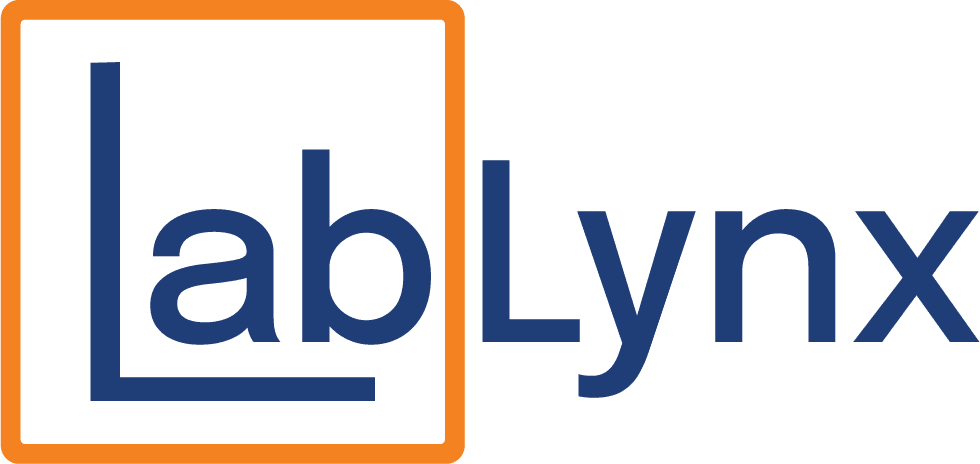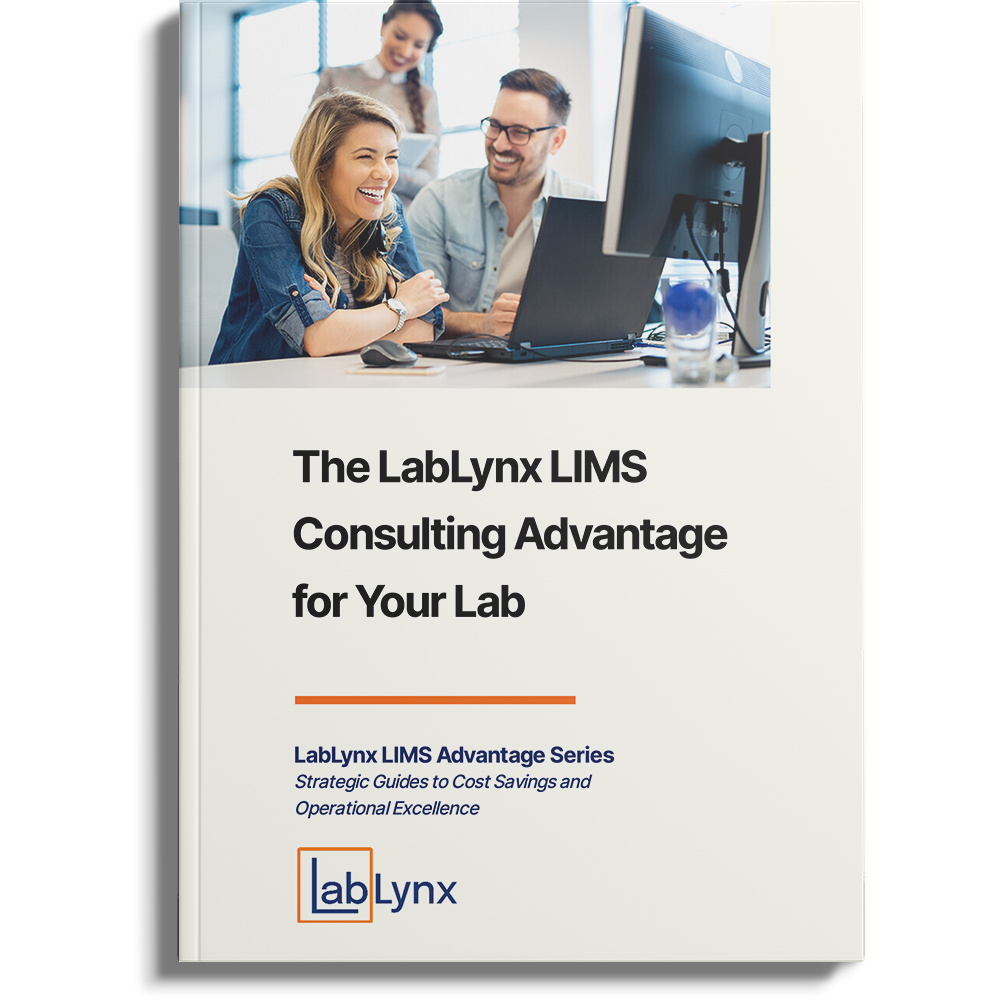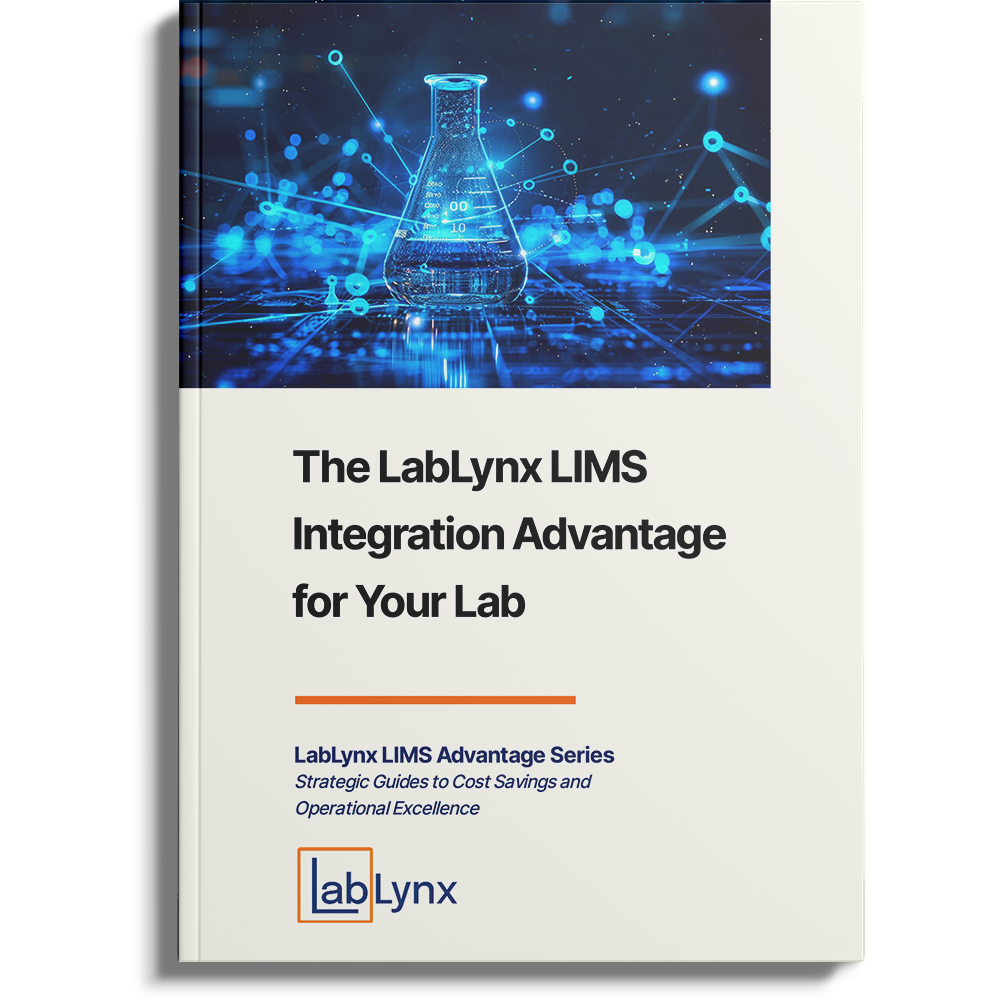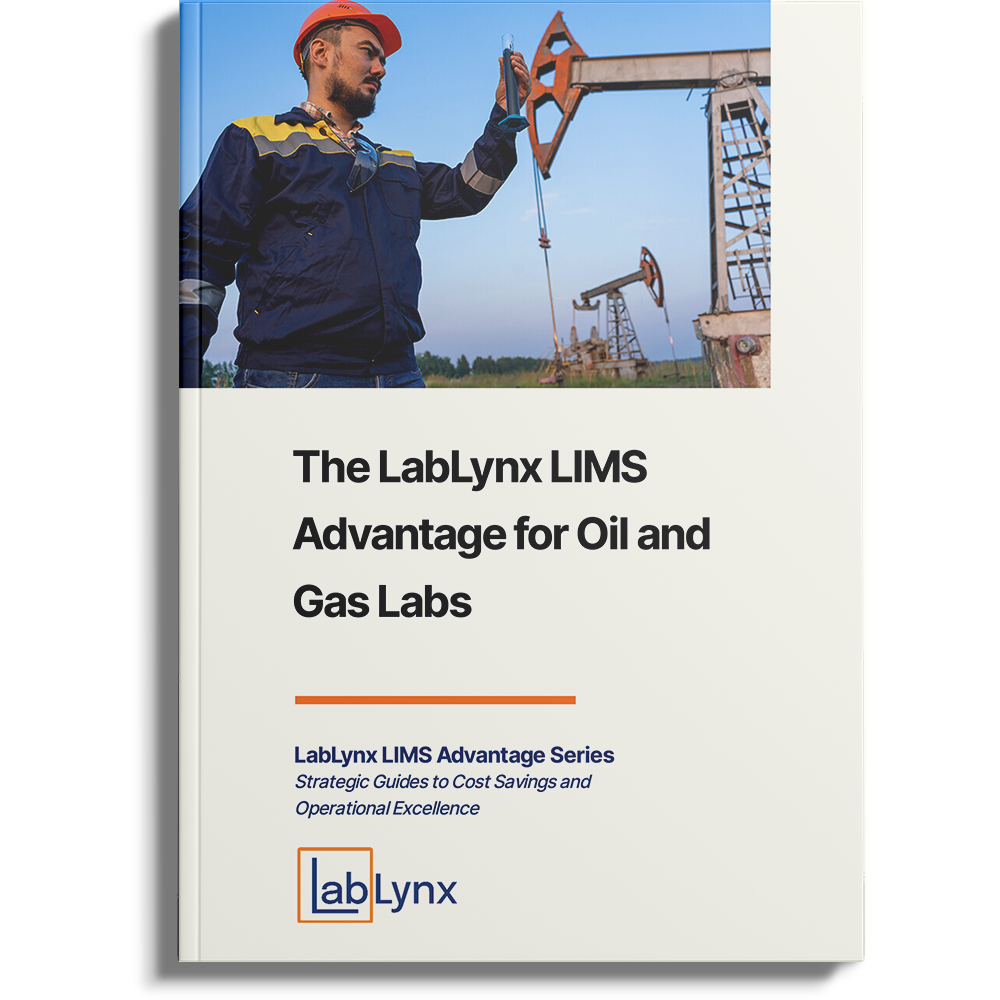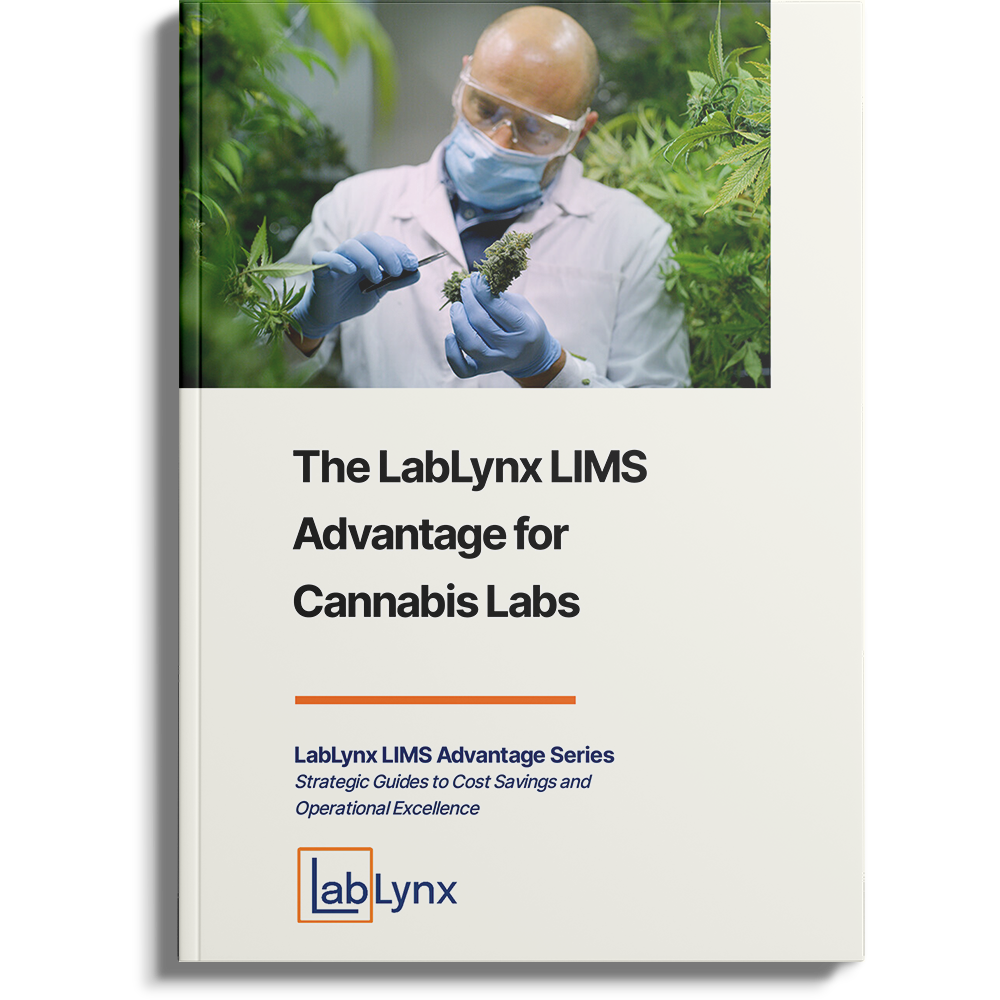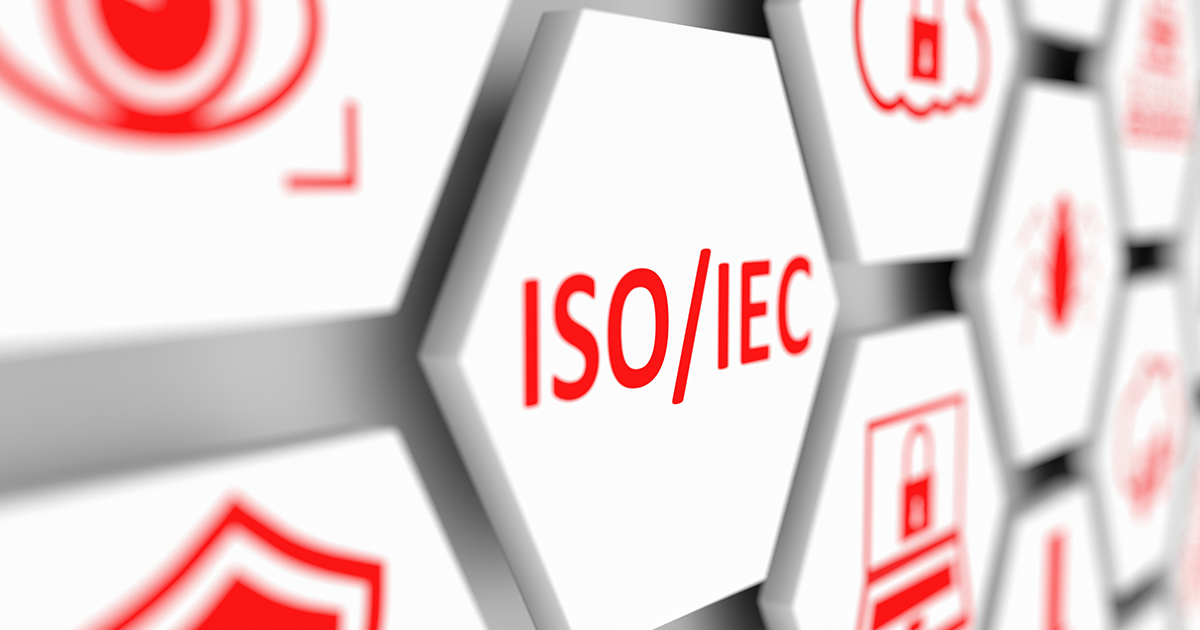
What ISO/IEC 17025 asks of laboratories
While ISO/IEC 17025 General requirements for the competence of testing and calibration laboratories has laboratory quality control handily in mind, and it is increasingly adopted by laboratories[1], the standard is challenging to adopt, especially for small and academic labs.[2] Additionally, several regions of the world encounter cultural, educational, and cost barriers in attempting implementation and management standards like ISO/IEC 17025 and ISO 9001.[3][4] Despite these challenges, many benefits almost always sprout from the seeds of effort put in by labs that choose to adopt ISO/IEC 17025.[5]
At the top level, ISO/IEC 17025 asks the laboratory to conduct operations competently, impartially, and consistently. It takes some work to dig into these terms, as the standard developers don’t do the best job of defining them. Still, with some sleuthing, we can conclude that the laboratory should “conduct its activities in an enduring manner that is consistent with the lab’s goals, mission statement, and standard practices.”[6] Beyond that, the rest of the standard elaborates on what a lab performing sampling, testing, and calibration activities must do to meet the three goals of competent, impartial, and consistent operation, covering[7]:
- Section 4: General requirements
- Section 5: Structural requirements
- Section 6: Resource requirements
- Section 7: Process requirements
- Section 8: Management system requirements
When we examine each of these five sections, we can draw some conclusions about how the laboratory is impacted:
- General requirements: Section 4 addresses two primary concepts: impartiality and confidentiality. This section asks the lab to maintain a commitment to and responsibility for impartiality while identifying and acting upon any risk to impartiality. It also asks the lab to take the necessary security precautions to ensure only authorized individuals can access laboratory information, communicating any release of said confidential information in a timely and appropriate fashion should a law or contract mandate its release.
- Structural requirements: Section 5 addresses the organizational pillars required of a laboratory to meet the three top-level points of competence, impartiality, and consistent operations. These pillars include having legal standing to conduct business, documenting all the labs activities required by the standard, and ensuring lab personnel have the authority and resources necessary to create, monitor, and act upon deviations from the lab’s standardized activities.
- Resource requirements: Section 6 addresses the importance of resources to the laboratory in meeting its goals and maintaining a high level of standard practice. These resources include personnel, the facility and working environment, equipment, metrological traceability (through calibration), and third-party products and services.
- Process requirements: Section 7 is weighty, directly addressing the actual work conducted in the laboratory. This section looks at 11 different aspects of workflow in the lab, including bid opportunities and contracts, laboratory methods, sampling, calibration, record management, measurement uncertainty, result validation, reporting, complaint management, nonconformity management, and data/information management.
- Management system requirements: Section 8 addresses the laboratory’s (quality) management system. While the standard never directly calls it a “quality management system” or QMS, the implication in the opening paragraph is that the standard is addressing quality with its requirements for a management system, i.e., a QMS.[7]
It’s worth noting that the standard does have some gaps. For example, it doesn’t cover compliance with laboratory safety requirements[8][9] and external audits, and in comparison with related World Health Organization (WHO; Laboratory Quality Management System: Handbook) and Clinical and Laboratory Standards Institute (CLSI; QMS01 A Quality Management System Model for Laboratory Services) guidelines and standards, it doesn’t address as thoroughly topics such as proficiency testing and other external quality assessment methods, as well as competency assessment, policy writing, procedure development, training, and performance appraisal.[9] While it’s up to the lab to fill in these optional gaps, this translates into extra work for those that do.
Benefits of complying with ISO/IEC 17025
As seen above, ISO/IEC 17025 asks a lot of a laboratory, placing requirements throughout the entire workflow. But not all is “pain” when making the effort to comply with the standard; there is also “gain.” For example, in Section 8 on management systems (and, by extension, the QMS), the standard tells you that one of the benefits can be found in “assuring the quality of the laboratory results.”[7] Does a QMS automatically solve all the lab’s problems concerning errors and quality? No, but when implemented well, the QMS will certainly have a positive impact on lab quality. In its 2011 Laboratory Quality Management System: Handbook, the WHO notes the following concerning the QMS model[8]:
Laboratories not implementing a good quality management system are guaranteed that there will be many errors and problems occurring that may go undetected. Implementing a quality management system may not guarantee an error-free laboratory, but it does yield a high-quality laboratory that detects errors and prevents them from recurring.
Aside from the lab being better able to generate high-quality laboratory results, research, standard developers, and labs of all types have claimed additional benefits of complying with and accrediting to ISO/IEC 17025, noting that doing so[5][9][10][11][12][13][14]:
- demonstrates conformance to an international standard that, in turn, expands a laboratory’s business opportunities;
- demonstrates objectively, through accreditation, provision of quality and technically competent services;
- enhances the reliability, accuracy, and validity of analytical and calibration results produced by the lab;
- enhances the quality of testing, calibration, and sampling methods;
- encourages compliance with other standards of practice;
- facilitates traceability of measurements and calibrations to appropriate standards;
- encourages a proactive, risk-based organizational culture of quality that, in turn, enables the lab to better identify, assess, and address risk;
- encourages professionalism and pride within the organization;
- aids in controlling costs, improving measurement accuracy, and reducing waste;
- improves productivity, efficiency, and turnaround times among lab staff;
- improves reputation and performance in the lab’s industry;
- ensures specific quality levels, compliance requirements, and customer needs are satisfied, and
- facilitates cooperation between laboratories and other entities internationally while accelerating and improving confidence in international trade.
The LabLynx ELab LIMS Solution
While adopting the ISO/IEC 17025 standard can be challenging, and the specific business needs may differ depending on your laboratory, implementation of a LIMS can streamline your accreditation and add other operational benefits for your lab. A LIMS can help you adopt ISO/IEC 17025 by reducing or eliminating manual processes, paper forms, and spreadsheets stored on various computers. Along with competency, impartiality, and consistency, other essential features of a LIMS include accuracy, TAT, reliable sample tracking, quality control, workflow management, inventory management, instrument maintenance, calibration management, deviation tracking, and reporting. Most importantly, these must be flexible enough to support the lab as it grows and changes without needing expensive development at every turn. Flexibility means longevity, which means maximum return on investment (ROI).
The LabLynx ELab LIMS is the most flexible LIMS on the market, with over two decades of experience. Authorized users can easily configure it through the “front end” user interface (UI). If required, it can also be customized through back-end development by our experienced, professional developers to meet your lab’s specific needs.
The LabLynx LIMS offers consulting and implementation of a wide array of features to enhance your lab’s productivity, replace manual processes, eliminate common pre-analytical errors, and elevate the quality of service. By providing a centralized source for auditable data, your lab will produce higher-quality and faster results while boosting productivity with the powerful features in ELab LIMS.
Key features and benefits of the LabLynx ELab LIMS include:
- Improve efficiency and quality control with the integration of instruments. Consolidating your lab’s data improves efficiency and eliminates errors caused by duplication.
- Maintain optimal operation efficiency with a LIMS that spans multiple departments and allows you to track your samples from accessioning to result reporting across all departments in your lab. Monitor the consumption of supplies and automatically generate replenishment alerts.
- Document and enforce compliance with laboratory processes. Auditing tools streamline inspections. Role-based rules limit access to laboratory and customer data. All data is encrypted at rest and in transit. Enforce compliance by restricting access to tests and instruments based on employee certifications.
- Simple browser interfaces let your staff add or modify workflows as standards and customer requirements change.
References
Portions of this article were adapted from the LIMSwiki article by the same name, by the same author, Shawn E. Douglas. https://www.limswiki.org/index.php/LIMS_FAQ:How_does_ISO/IEC_17025_impact_laboratories%3F
Citations for this version are:
- About ILAC > Facts & Figures”. ILAC. 2021. Retrieved 06 October 2023. https://ilac.org/about-ilac/facts-and-figures/
- Oliver, E.L. (August 2018). “Implementation of ISO/IEC Practices in Small and Academic Laboratories”. University of Nebraska-Lincoln. pp. 38–40; 64–66. Retrieved 06 October 2023. https://digitalcommons.unl.edu/foodscidiss/92/
- Okezue, Mercy A.; Adeyeye, Mojisola C.; Byrn, Steve J.; Abiola, Victor O.; Clase, Kari L. (1 December 2020). “Impact of ISO/IEC 17025 laboratory accreditation in sub-Saharan Africa: a case study” (in en). BMC Health Services Research 20 (1): 1065. doi: 10.1186/s12913-020-05934-8. ISSN: 1472-6963. PMC: PMC7686690. https://bmchealthservres.biomedcentral.com/articles/10.1186/s12913-020-05934-8
- Tayo Tene, Christian Valery; Yuriev, Alexander; Boiral, Olivier (2018), Heras-Saizarbitoria, Iñaki, ed., “Adopting ISO Management Standards in Africa: Barriers and Cultural Challenges”, ISO 9001, ISO 14001, and New Management Standards (Cham: Springer International Publishing): 59–82, doi: 10.1007/978-3-319-65675-5_4. ISBN: 978-3-319-65674-8. http://link.springer.com/10.1007/978-3-319-65675-5_4
- Neves, Rodrigo S.; Da Silva, Daniel P.; Galhardo, Carlos E.C.; Ferreira, Erlon H.M.; Trommer, Rafael M.; Damasceno, Jailton C. (22 February 2017), Kounis, Leo D., ed., “Key Aspects for Implementing ISO/IEC 17025 Quality Management Systems at Materials Science Laboratories” (in en), Quality Control and Assurance – An Ancient Greek Term Re-Mastered (InTech), doi: 10.5772/66100. ISBN: 978-953-51-2921-9. http://www.intechopen.com/books/quality-control-and-assurance-an-ancient-greek-term-re-mastered/key-aspects-for-implementing-iso-iec-17025-quality-management-systems-at-materials-science-laborator
- Douglas, S.E. (January 2023). “LIMS FAQ:How does ISO/IEC 17025 impact laboratories?”. LIMSwiki . Retrieved 06 October 2023. https://www.limswiki.org/index.php/LIMS_FAQ:How_does_ISO/IEC_17025_impact_laboratories?
- “ISO/IEC 17025:2017 General requirements for the competence of testing and calibration laboratories”. International Organization for Standardization. November 2017. Retrieved 06 October 2023. https://www.iso.org/standard/66912.html
- World Health Organization (2011). “Laboratory Quality Management System: Handbook” (PDF). World Health Organization. ISBN: 9789241548274. http://apps.who.int/iris/bitstream/handle/10665/44665/9789241548274_eng.pdf?sequence=1
- Pillai, Segaran; Calvert, Jennifer; Fox, Elizabeth (3 November 2022). “Practical considerations for laboratories: Implementing a holistic quality management system”. Frontiers in Bioengineering and Biotechnology 10: 1040103. doi: 10.3389/fbioe.2022.1040103. ISSN: 2296-4185. https://www.frontiersin.org/articles/10.3389/fbioe.2022.1040103/full
- Perry Johnson Consulting, Inc (January 2022). “ISO/IEC 17025:2017 Testing and Calibration Laboratories: An Executive Overview” (PDF). Retrieved 06 October 2023. https://www.pjcinc.com/Downloads/ISOIEC17025_exov.pdf
- Vehring, S. (June 2020). “Tested & Accepted: Implementing ISO/IEC 17025:2017” (PDF). United Nations Industrial Development Organization. Retrieved 06 October 2023. https://www.unido.org/sites/default/files/files/2020-06/Guide%20ISO%2017025-2017_online.pdf
- Rao, Dd (2021). “ISO/IEC 17025: Accreditation standard for testing and calibration laboratories” (in en). Radiation Protection and Environment 44 (3): 121. doi: 10.4103/rpe.rpe_41_21. ISSN: 0972-0464. https://journals.lww.com/rpae/fulltext/2021/44030/iso_iec_17025__accreditation_standard_for_testing.1.aspx
- Garber Metrology (14 December 2021). “A Guide to ISO 17025 Calibration and Compliance”. Garber Metrology Blog . Retrieved 06 October 2023. https://www.garbermetrology.com/blog/iso-17025/
- Evans, T. (2023). ““What is ISO/IEC 17025:2017?” Simple answers for a complex subject”. Advisera Expert Solutions Ltd. Retrieved 06 October 2023. https://advisera.com/17025academy/what-is-iso-17025/
